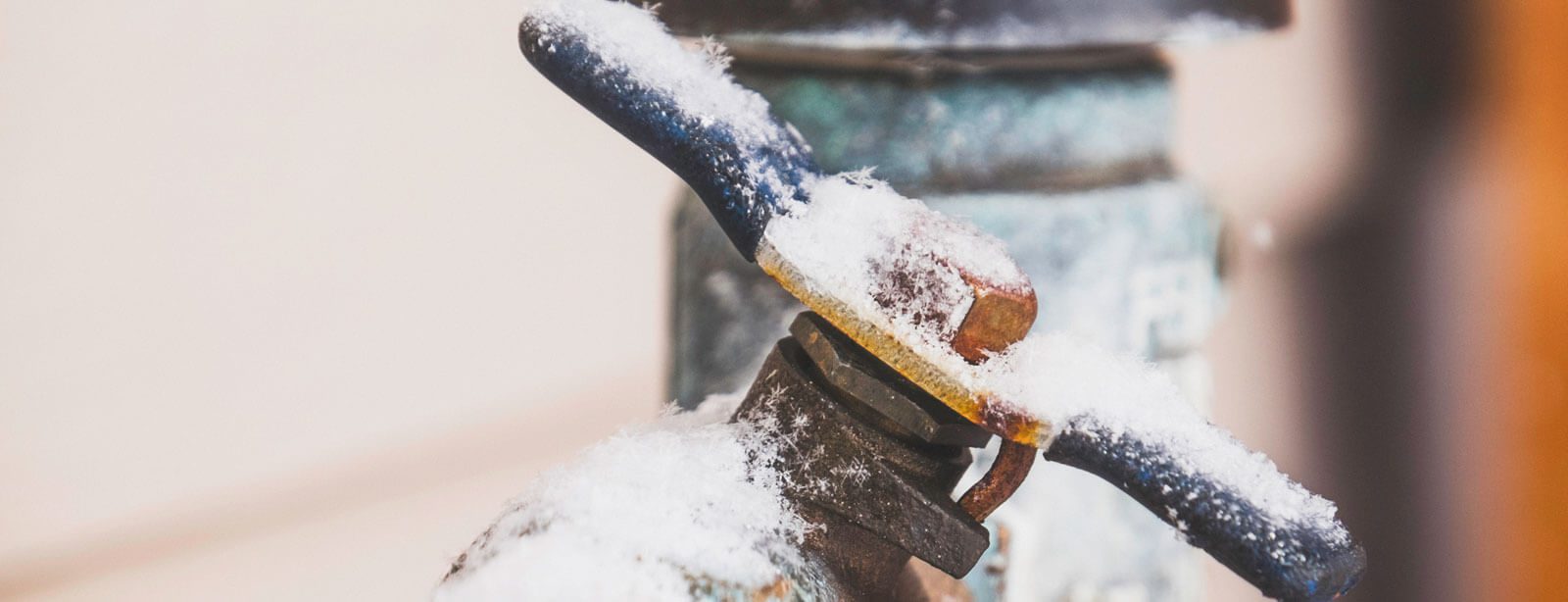Important Tips to Avoid Frozen Plumbing in Winter: Specialist Guidance
Important Tips to Avoid Frozen Plumbing in Winter: Specialist Guidance
Blog Article
Everybody may have their personal assumption on the subject of How to Prevent Your Pipes From Freezing.

Winter can ruin your pipes, specifically by freezing pipelines. Below's just how to avoid it from occurring and what to do if it does.
Introduction
As temperatures decline, the danger of frozen pipelines rises, possibly resulting in expensive repairs and water damages. Comprehending how to stop frozen pipelines is important for property owners in chilly climates.
Recognizing Frozen Pipelines
What causes pipelines to freeze?
Pipelines freeze when subjected to temperature levels below 32 ° F (0 ° C) for expanded durations. As water inside the pipes freezes, it broadens, putting pressure on the pipe walls and possibly creating them to break.
Dangers and damages
Icy pipelines can cause supply of water disturbances, property damage, and pricey repairs. Burst pipes can flood homes and trigger substantial architectural damages.
Signs of Frozen Pipes
Identifying frozen pipes early can avoid them from rupturing.
Exactly how to determine icy pipes
Look for decreased water flow from taps, uncommon odors or sounds from pipes, and visible frost on exposed pipelines.
Avoidance Tips
Shielding vulnerable pipelines
Cover pipes in insulation sleeves or make use of heat tape to secure them from freezing temperatures. Concentrate on pipelines in unheated or outside areas of the home.
Heating techniques
Maintain interior spaces adequately warmed, especially areas with plumbing. Open closet doors to enable warm air to flow around pipes under sinks.
Protecting Exterior Plumbing
Garden hoses and outside faucets
Detach and drain pipes garden tubes before wintertime. Install frost-proof spigots or cover exterior faucets with shielded caps.
What to Do If Your Pipes Freeze
Immediate actions to take
If you believe frozen pipes, maintain taps open to eliminate stress as the ice melts. Use a hairdryer or towels soaked in warm water to thaw pipes slowly.
Long-Term Solutions
Structural modifications
Think about rerouting pipelines away from outside wall surfaces or unheated areas. Include additional insulation to attic rooms, cellars, and crawl spaces.
Updating insulation
Purchase high-grade insulation for pipes, attic rooms, and walls. Correct insulation aids maintain consistent temperatures and minimizes the risk of frozen pipes.
Conclusion
Protecting against icy pipelines calls for positive steps and quick reactions. By comprehending the reasons, indicators, and safety nets, house owners can safeguard their plumbing throughout winter.
5 Ways to Prevent Frozen Pipes
Drain Outdoor Faucets and Disconnect Hoses
First, close the shut-off valve that controls the flow of water in the pipe to your outdoor faucet. Then, head outside to disconnect and drain your hose and open the outdoor faucet to allow the water to completely drain out of the line. Turn off the faucet when done. Finally, head back to the shut-off valve and drain the remaining water inside the pipe into a bucket or container. Additionally, if you have a home irrigation system, you should consider hiring an expert to clear the system of water each year.
Insulate Pipes
One of the best and most cost-effective methods for preventing frozen water pipes is to wrap your pipes with insulation. This is especially important for areas in your home that aren’t exposed to heat, such as an attic. We suggest using foam sleeves, which can typically be found at your local hardware store.
Keep Heat Running at 65
Your pipes are located inside your walls, and the temperature there is much colder than the rest of the house. To prevent your pipes from freezing, The Insurance Information Institute suggests that you keep your home heated to at least 65 degrees, even when traveling. You may want to invest in smart devices that can keep an eye on the temperature in your home while you’re away.
Leave Water Dripping
Moving water — even a small trickle — can prevent ice from forming inside your pipes. When freezing temps are imminent, start a drip of water from all faucets that serve exposed pipes. Leaving a few faucets running will also help relieve pressure inside the pipes and help prevent a rupture if the water inside freezes.
Open Cupboard Doors
Warm your kitchen and bathroom pipes by opening cupboards and vanities. You should also leave your interior doors ajar to help warm air circulate evenly throughout your home.

We were made aware of that report on Winter Plumbing Precautions: Preventing Frozen Pipes from an acquaintance on another site. Do you know about another individual who is fascinated with How to Prevent Your Pipes From Freezing? Be sure share it. Thank you so much for your time spent reading it.
Click Here Report this page